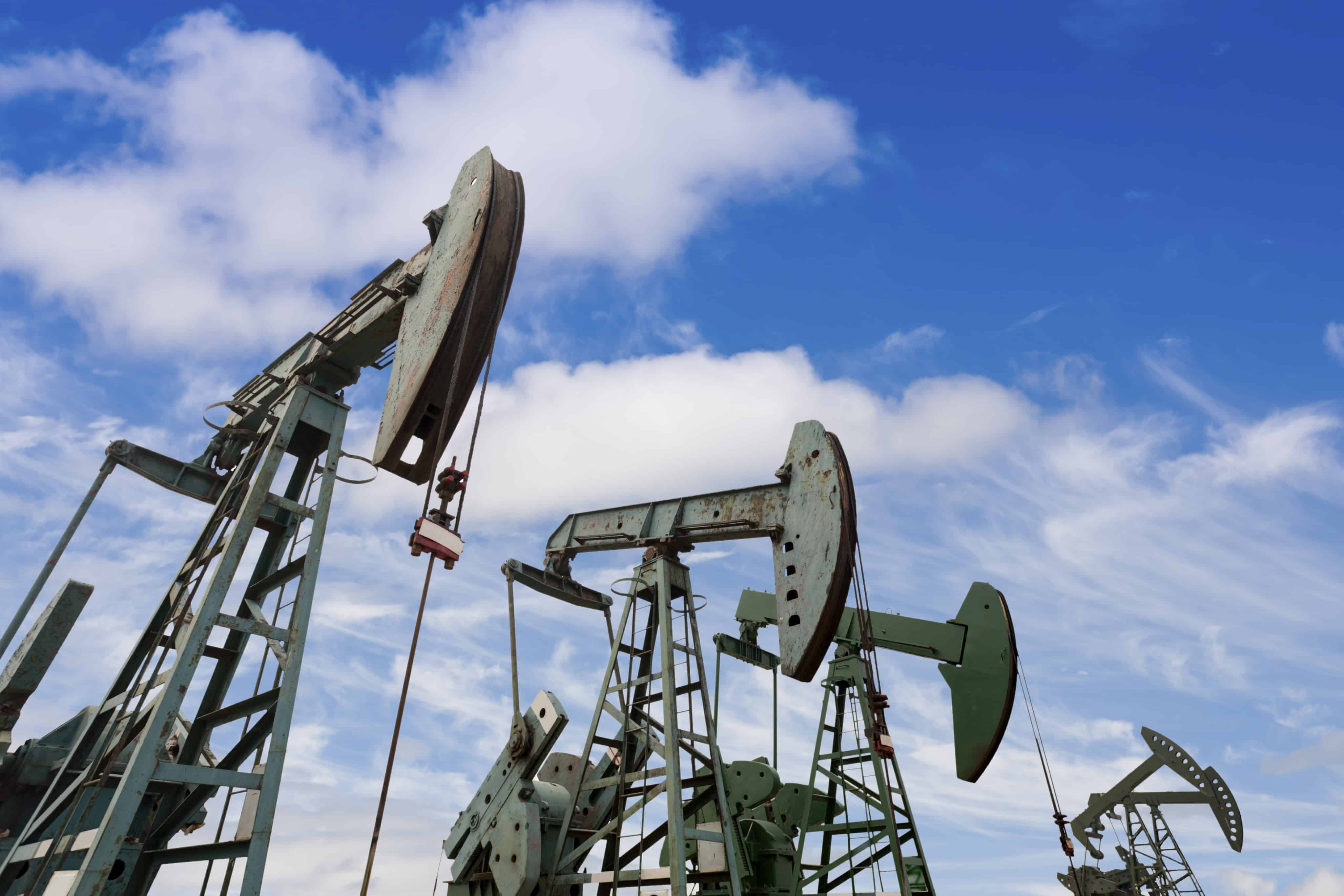Enbridge Inc. (TSX:ENB)(NYSE:ENB) finished its merger with Spectra Energy Corp. earlier this month. The all-stock deal resulted in the company being split 57% for Enbridge shareholders and 43% for Spectra Energy shareholders. Now they’re all Enbridge.
Both companies were bullish on this deal because it helped them diversify and become the largest energy infrastructure company in North America with an enterprise value of $165 billion.
Specifically, the oil-heavy Enbridge now has a massive portfolio of natural gas pipelines. It has 55,200 kilometres of gas pipelines, with an additional 28,166 kilometres of general liquids pipelines. Along with other natural gas initiatives, it has a total of 3.5 million retail gas customers.
Further, the combined companies expect to be able to generate annual synergies of $540 million by the end of 2018. As is to be expected, Enbridge announced that it would be cutting 1,000 jobs — approximately 6% of its total workforce. Mergers tend to create redundancies that are unnecessary.
Between the two companies, there is $74 billion in secure projects and risked-development inventory. And by 2019, there will be $26 billion in projects ready to launch. With Spectra’s projects alone, the company believes it will generate a 3-5% compound annual growth rate between now and 2025.
But it’s not just about oil and gas. The company has also been expanding aggressively into wind generation through a series of very smart acquisitions and deals.
For example, in February, Enbridge acquired 50% of the Hohe See Offshore Wind project, which is expected to generate 497 megawatts. Its total investment by the time it enters service in late 2019 is $1.7 billion. As explained on Enbridge’s website, “power generated by the project will effectively receive long-term fixed pricing for a period of 20 years.”
It doesn’t stop there…
Enbridge owns 24.9% of the Rampion wind project off England’s coast, which is 400 megawatts that should come online sometime in 2018. And the company owns 50% in a French company that develops offshore wind projects. All told, these projects could produce a combined 1,428 megawatts, though there has been no discussion about Enbridge’s investment.
These wind projects are appealing for Enbridge because wind power, like oil and gas transport, is a long-term pricing model. This means that Enbridge can predict what its cash flow numbers will be.
One very important reason for predictable cash flow is dividends. Between now and 2024, Enbridge is looking to deliver 10-12% annual dividend growth to its investors. It can’t achieve that if its cash flow numbers are rising and falling quarter to quarter.
It already started 2017 off strong by increasing the dividend by 10% to its current $0.583 per share. However, management also talked about increasing the dividend even more after the merger was completed. Enbridge’s website says that it expects this to happen, so the dividend is 15% higher than what it was in 2016.
Therefore, if the dividend is already up 10%, investors can expect a little more. My estimate is that investors will receive a bump to $0.61.
Here’s the thing: the pipeline business is lucrative because no matter where energy prices go, the fluids need to be transported. With its recent merger and its expansion into offshore wind projects, Enbridge is an amazing opportunity for income investors.
With a 4.26% yield, I don’t think investors can go wrong with Enbridge.








